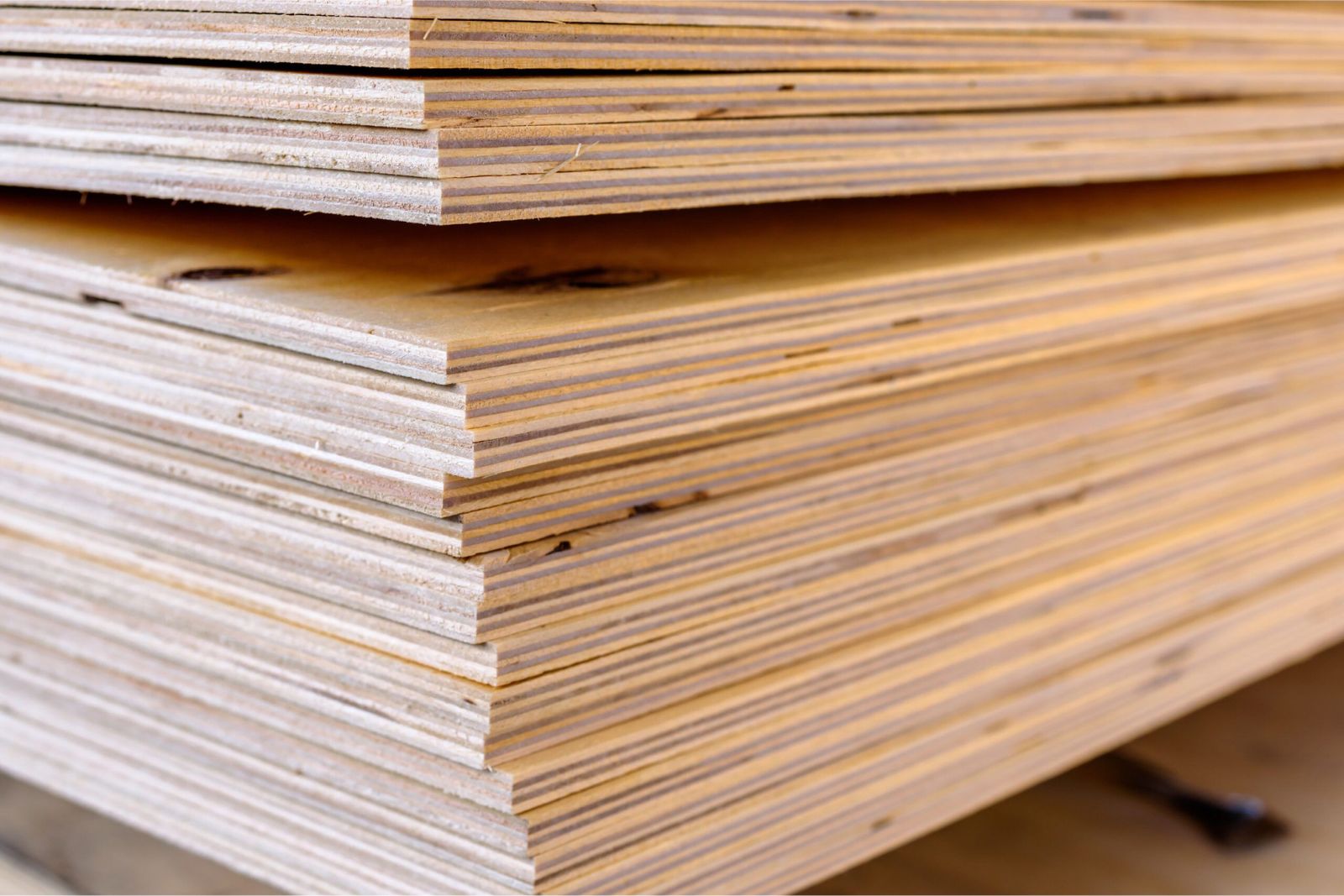

Articles
What Thickness Of Plywood For Interior Walls
Modified: December 7, 2023
Looking for articles on what thickness of plywood is best for interior walls? Find expert advice and recommendations for your next project.
(Many of the links in this article redirect to a specific reviewed product. Your purchase of these products through affiliate links helps to generate commission for Storables.com, at no extra cost. Learn more)
Introduction
When it comes to building or renovating interior walls, choosing the right materials is crucial to ensure structural integrity, soundproofing, insulation, and overall aesthetics. Plywood is a popular choice for interior walls due to its durability, versatility, and cost-effectiveness. However, determining the appropriate thickness of plywood for your interior walls can be a critical decision.
In this article, we will explore various factors to consider when choosing plywood thickness for interior walls. We will also delve into the different plywood thickness options available for you to make an informed decision.
Before we delve into the specific plywood thickness options, it is important to take several factors into consideration. These factors will help determine the appropriate thickness that will meet the structural requirements of your interior walls, as well as your soundproofing, insulation, and aesthetic needs.
Key Takeaways:
- Choose plywood thickness based on structural, soundproofing, insulation, and aesthetic needs. Thicker plywood offers better support, soundproofing, and insulation, while thinner options provide a sleeker look.
- Consult professionals and consider local building codes to ensure the right plywood thickness for durable, functional, and visually appealing interior walls. Balance structural requirements, soundproofing needs, insulation, and aesthetic preferences for the best choice.
Read more: How Thick Are Interior Walls On A Floor Plan
Factors to Consider When Choosing Plywood Thickness for Interior Walls
Structural Considerations: The first factor to consider is the structural requirements of your interior walls. The thickness of plywood should be sufficient to support the weight of the wall and any additional load it may bear. If you are building a load-bearing wall or installing heavy fixtures such as cabinets, a thicker plywood may be necessary to ensure proper support.
Soundproofing Needs: If noise reduction is a priority, opt for a thicker plywood. Thicker plywood can help minimize sound transmission between rooms, creating a quieter and more peaceful living environment.
Insulation Requirements: Plywood thickness plays a role in providing insulation. Thicker plywood can offer better thermal insulation, helping to regulate temperature and improve energy efficiency in your space. Consider the climate and insulation needs of your area when selecting the plywood thickness.
Aesthetic Considerations: The thickness of plywood also impacts the visual appearance of your interior walls. Thicker plywood can provide a more substantial and solid look, which may be desirable in certain design styles. Thinner plywood, on the other hand, can give a more sleek and minimalist look. Consider the overall design concept and style of your space when deciding on the plywood thickness.
Key Takeaways:
- Choose plywood thickness based on structural, soundproofing, insulation, and aesthetic needs. Thicker plywood offers better support, soundproofing, and insulation, while thinner options provide a sleeker look.
- Consult professionals and consider local building codes to ensure the right plywood thickness for durable, functional, and visually appealing interior walls. Balance structural requirements, soundproofing needs, insulation, and aesthetic preferences for the best choice.
Read more: How Thick Are Interior Walls On A Floor Plan
Factors to Consider When Choosing Plywood Thickness for Interior Walls
Choosing the right plywood thickness for your interior walls is essential to ensure the durability, functionality, and aesthetics of your space. Here are some key factors to consider when making this decision:
Structural Considerations:
One of the primary considerations when choosing plywood thickness is the structural requirements of your interior walls. The plywood needs to be strong enough to bear the weight of the wall and any additional loads it may carry. If you are constructing a load-bearing wall or planning to install heavy fixtures such as cabinets, a thicker plywood is recommended to provide adequate support. Thicker plywood will offer more strength and stability, reducing the risk of sagging or warping over time.
Soundproofing Needs:
If noise reduction is a priority for you, the plywood thickness becomes an important factor. Thicker plywood has better soundproofing properties, as it helps to minimize sound transmission between rooms. This can be particularly beneficial in areas where privacy and noise control are important, such as bedrooms, home offices, or entertainment rooms. Thicker plywood can help create a quieter and more peaceful living environment by reducing sound disturbances from adjacent rooms or outside noise.
Read more: How Thick Plywood For Shed Floor
Insulation Requirements:
The thickness of plywood also plays a role in providing insulation for your interior walls. Thicker plywood offers better thermal insulation, which can help regulate the temperature and improve energy efficiency in your space. This is particularly relevant in regions with extreme climates, where insulation is crucial to maintain comfortable indoor temperatures. Thicker plywood can help prevent heat loss during colder months and reduce heat gain during hotter months, contributing to energy savings and overall occupant comfort.
Aesthetic Considerations:
Besides the practical considerations, the plywood thickness also has aesthetic implications for your interior walls. Thicker plywood can provide a more substantial and solid appearance, which may be desirable in certain design styles, such as rustic or industrial. Thicker plywood can contribute to a sense of sturdiness and durability, adding visual interest to the space. On the other hand, thinner plywood can create a sleeker and more minimalist look, which may be suitable for contemporary or Scandinavian-inspired designs. Consider the overall style and ambiance you want to achieve in your space when deciding on the plywood thickness.
By weighing these factors – structural considerations, soundproofing needs, insulation requirements, and aesthetic preferences – you can determine the most suitable plywood thickness for your interior walls. Remember to consult with professionals, such as architects or contractors, to ensure that your choice aligns with building codes and industry standards. Ultimately, selecting the right plywood thickness will contribute to the overall functionality, comfort, and visual appeal of your interior space.
Plywood Thickness Options for Interior Walls
Now that we have discussed the factors to consider when choosing plywood thickness for interior walls, let’s explore the various options available:
1/4-inch Plywood:
1/4-inch plywood is the thinnest option available for interior walls. It is suitable for non-load bearing walls and areas where weight or structural support is not a concern. This plywood thickness can be used for decorative purposes or in places where space is limited. However, it is important to note that 1/4-inch plywood has limited strength and may not provide the same level of durability or soundproofing as thicker options.
Read more: What Type Of Plywood Is For Exterior Walls
3/8-inch Plywood:
3/8-inch plywood is a step up from 1/4-inch in terms of thickness and strength. It provides better stability and support than its thinner counterpart, making it suitable for non-load bearing walls and areas with moderate weight requirements. While it still may not be the best option for heavy fixtures or high-traffic areas, 3/8-inch plywood can be a cost-effective choice for interior walls where structural support is not a primary concern.
1/2-inch Plywood:
1/2-inch plywood is a commonly used thickness for interior walls. It offers good stability and strength, making it suitable for both load-bearing and non-load bearing walls. This plywood thickness can certainly handle the weight of cabinets, shelving units, and other fixtures. It also provides better soundproofing and insulation compared to thinner options. 1/2-inch plywood strikes a balance between affordability, durability, and versatility, making it a popular choice for interior applications.
5/8-inch Plywood:
5/8-inch plywood is a thicker option that offers increased strength and stability. It is often used in areas where additional structural support is required, such as load-bearing walls or walls with heavy fixtures. This plywood thickness provides even better soundproofing and insulation capabilities than 1/2-inch plywood, making it an excellent choice for rooms that require enhanced privacy or temperature regulation.
3/4-inch Plywood:
3/4-inch plywood is the thickest option commonly used for interior walls. It delivers maximum strength and stability, making it ideal for load-bearing walls and areas with significant weight requirements. This plywood thickness provides excellent soundproofing and insulation properties and is highly durable. While it may come at a higher cost, 3/4-inch plywood is worth considering for long-term structural integrity and enhanced performance.
Remember, the appropriate plywood thickness for your interior walls depends on various factors such as structural requirements, soundproofing needs, insulation requirements, and aesthetic preferences. Be sure to consult with professionals or reference local building codes to determine the best plywood thickness for your specific project. Taking the time to make an informed decision will result in durable, functional, and visually appealing interior walls.
Read more: What Nap For Interior Walls
Conclusion
Choosing the right plywood thickness is essential when it comes to building or renovating interior walls. By taking into consideration factors such as structural requirements, soundproofing needs, insulation requirements, and aesthetic considerations, you can make an informed decision that meets the specific needs of your project.
For non-load bearing walls or areas where weight is not a concern, 1/4-inch plywood can be a suitable option, providing a thin and lightweight solution. However, keep in mind that it may not offer the same level of durability or soundproofing as thicker options.
If you require more stability and support without the need for heavy fixtures, 3/8-inch plywood can be a cost-effective choice. It provides better strength than 1/4-inch plywood while still being suitable for non-load bearing walls.
For a balance between affordability and durability, 1/2-inch plywood is a popular choice. It offers good stability, strength, and soundproofing capabilities, making it suitable for both load-bearing and non-load bearing walls.
If you need additional support or have heavy fixtures to install, 5/8-inch plywood provides increased strength and stability. It also offers better soundproofing and insulation properties.
For maximum strength and durability, especially in load-bearing walls or areas with significant weight requirements, 3/4-inch plywood is the thickest option commonly used for interior walls. It provides excellent soundproofing and insulation capabilities, ensuring long-term structural integrity and enhanced performance.
Ultimately, the choice of plywood thickness should align with your specific project needs and design preferences. Consulting with professionals, such as architects or contractors, is always recommended to ensure compliance with building codes and industry standards.
By carefully considering the structural requirements, soundproofing needs, insulation requirements, and aesthetic considerations, you can select the appropriate plywood thickness for your interior walls. This will result in durable, functional, and visually appealing walls that enhance the overall comfort and quality of your living or working space.
Frequently Asked Questions about What Thickness Of Plywood For Interior Walls
Was this page helpful?
At Storables.com, we guarantee accurate and reliable information. Our content, validated by Expert Board Contributors, is crafted following stringent Editorial Policies. We're committed to providing you with well-researched, expert-backed insights for all your informational needs.
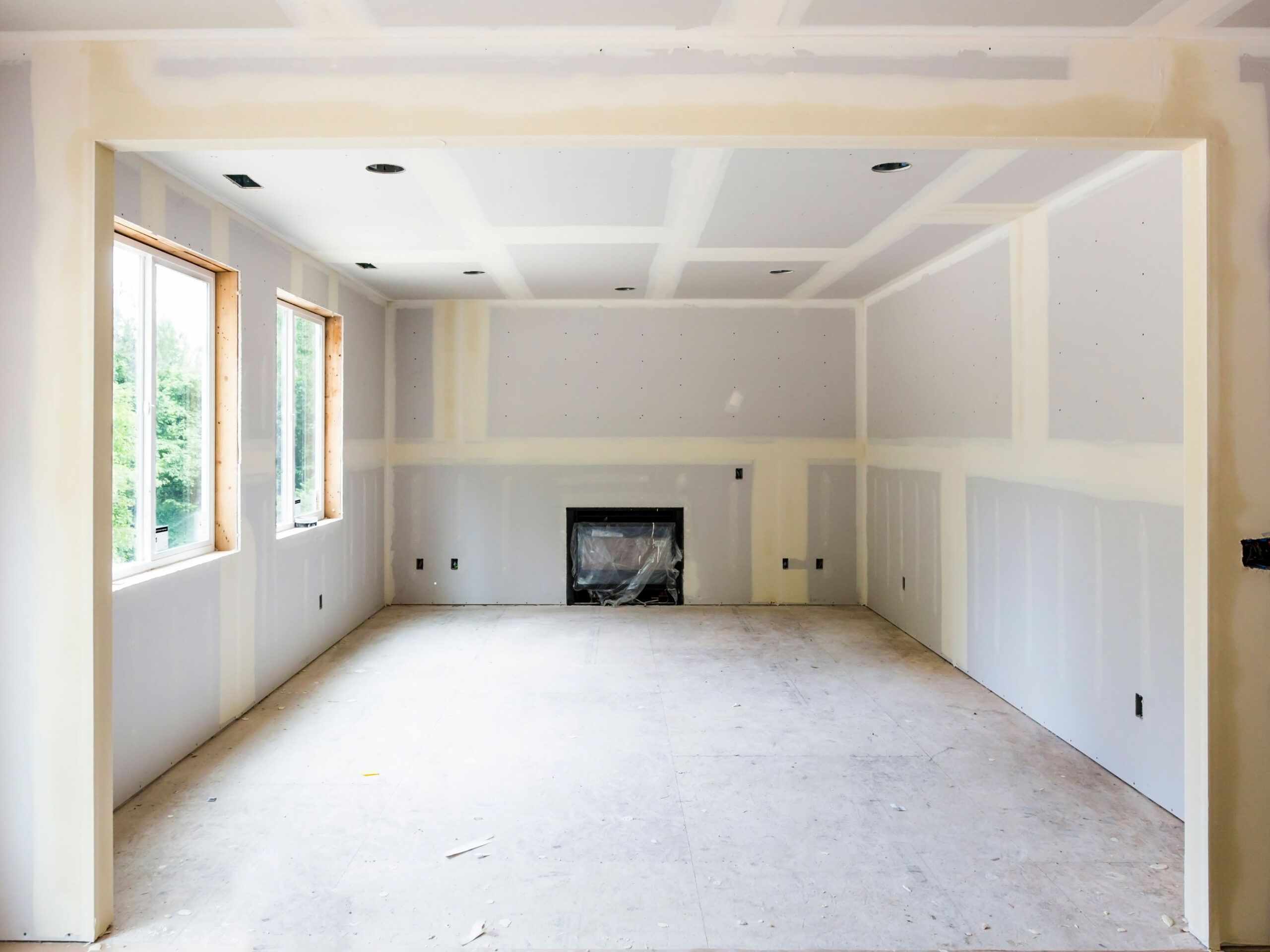
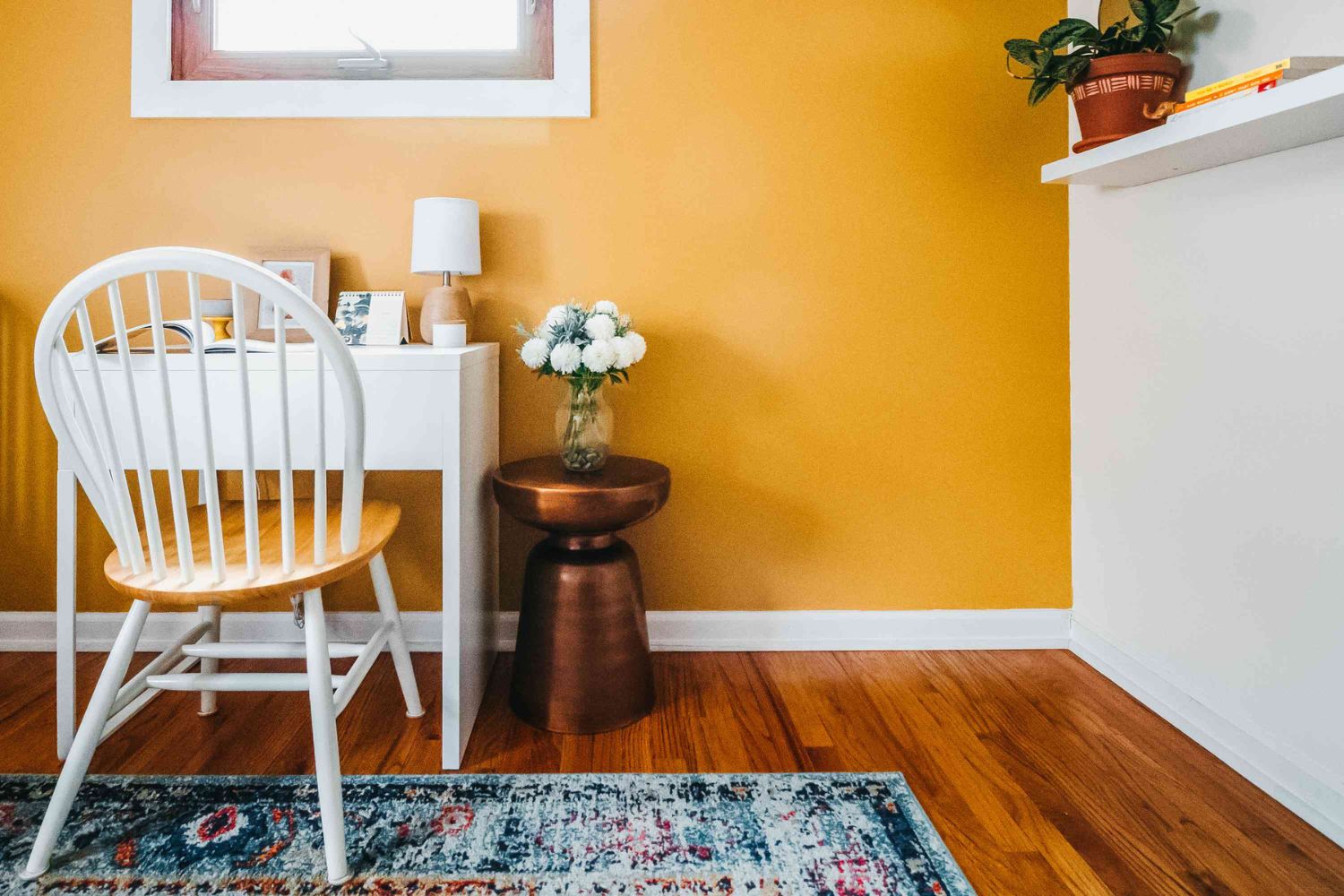
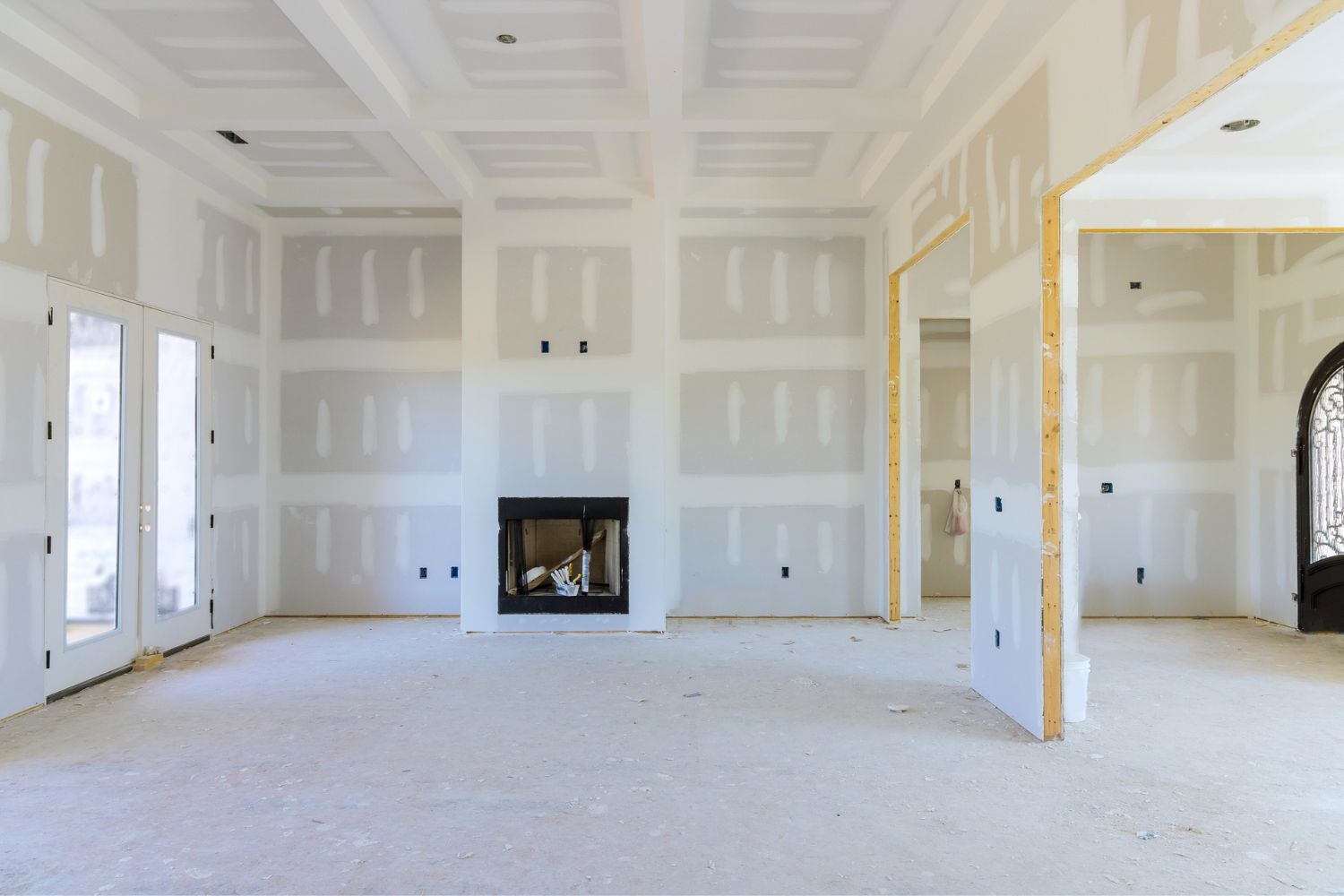
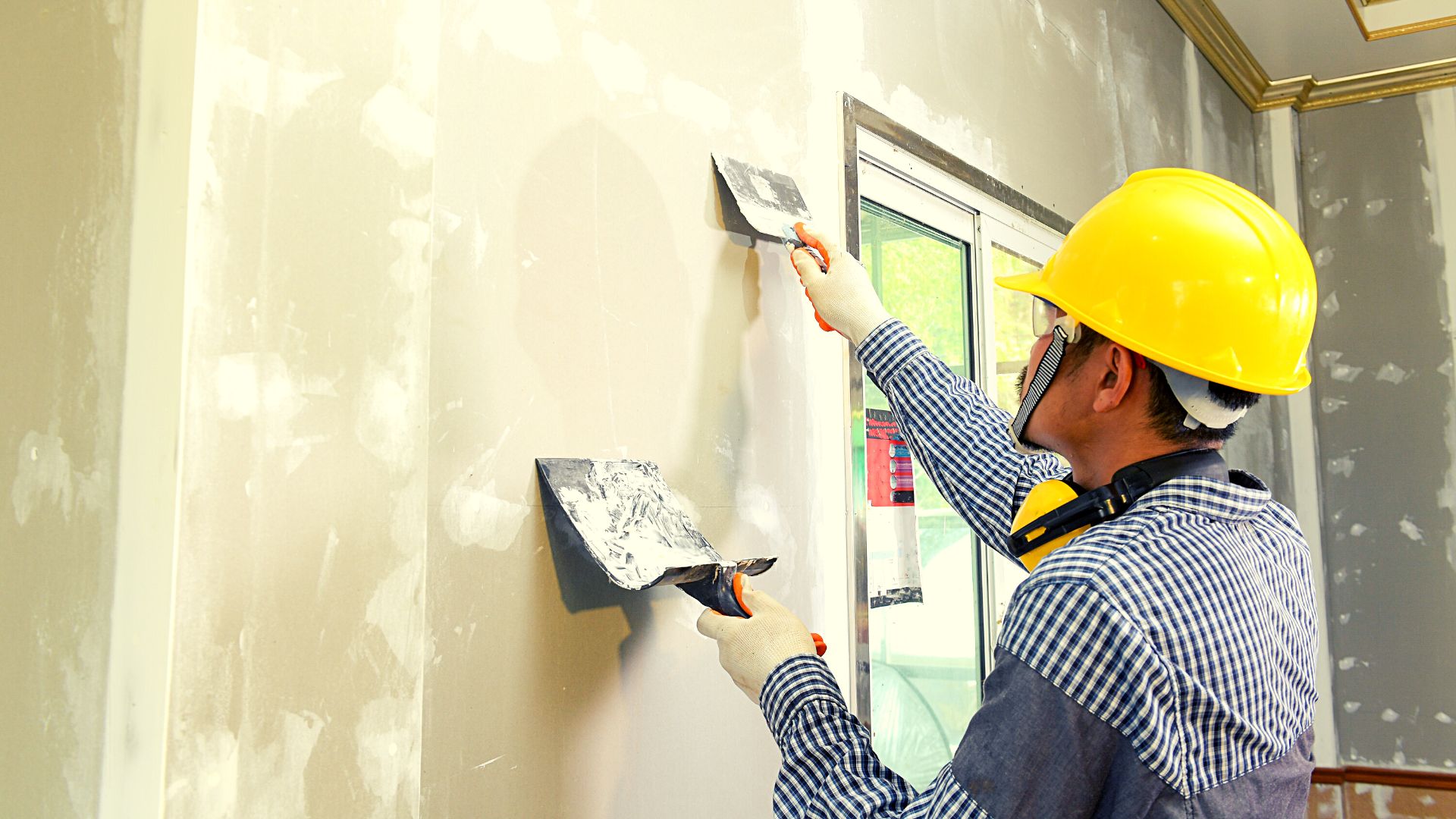
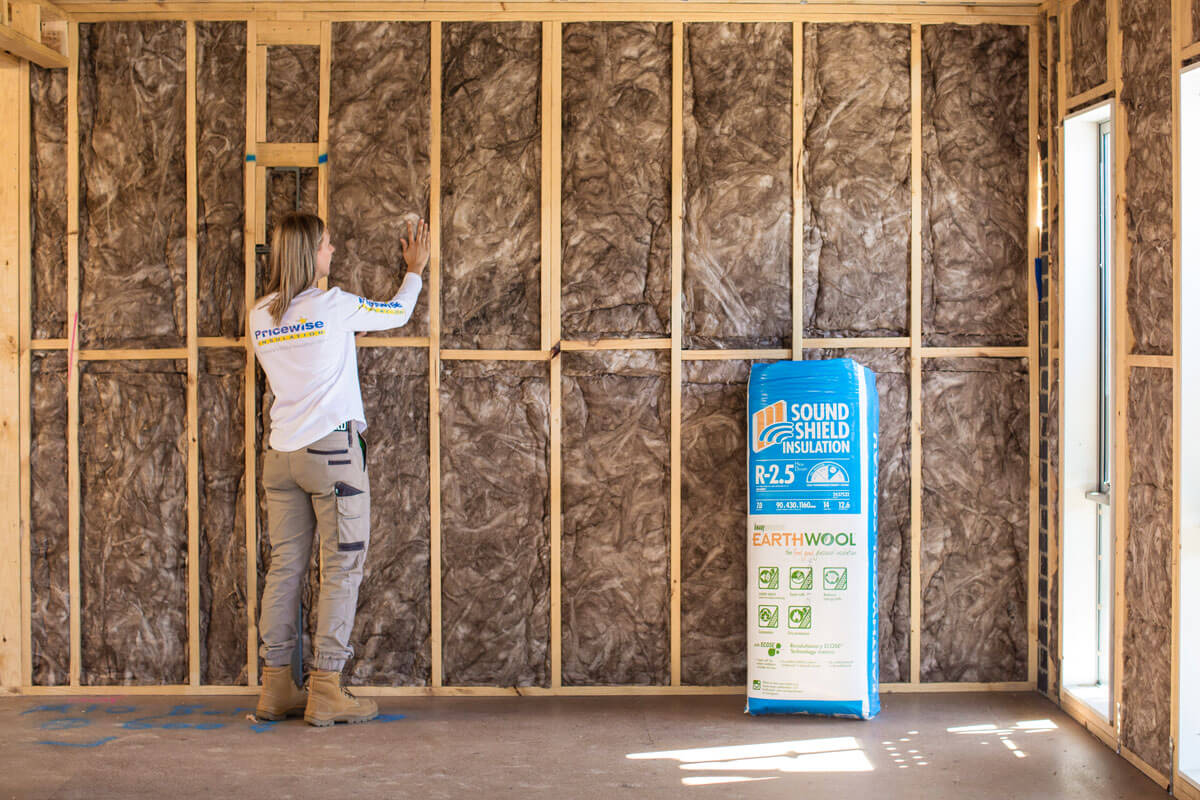
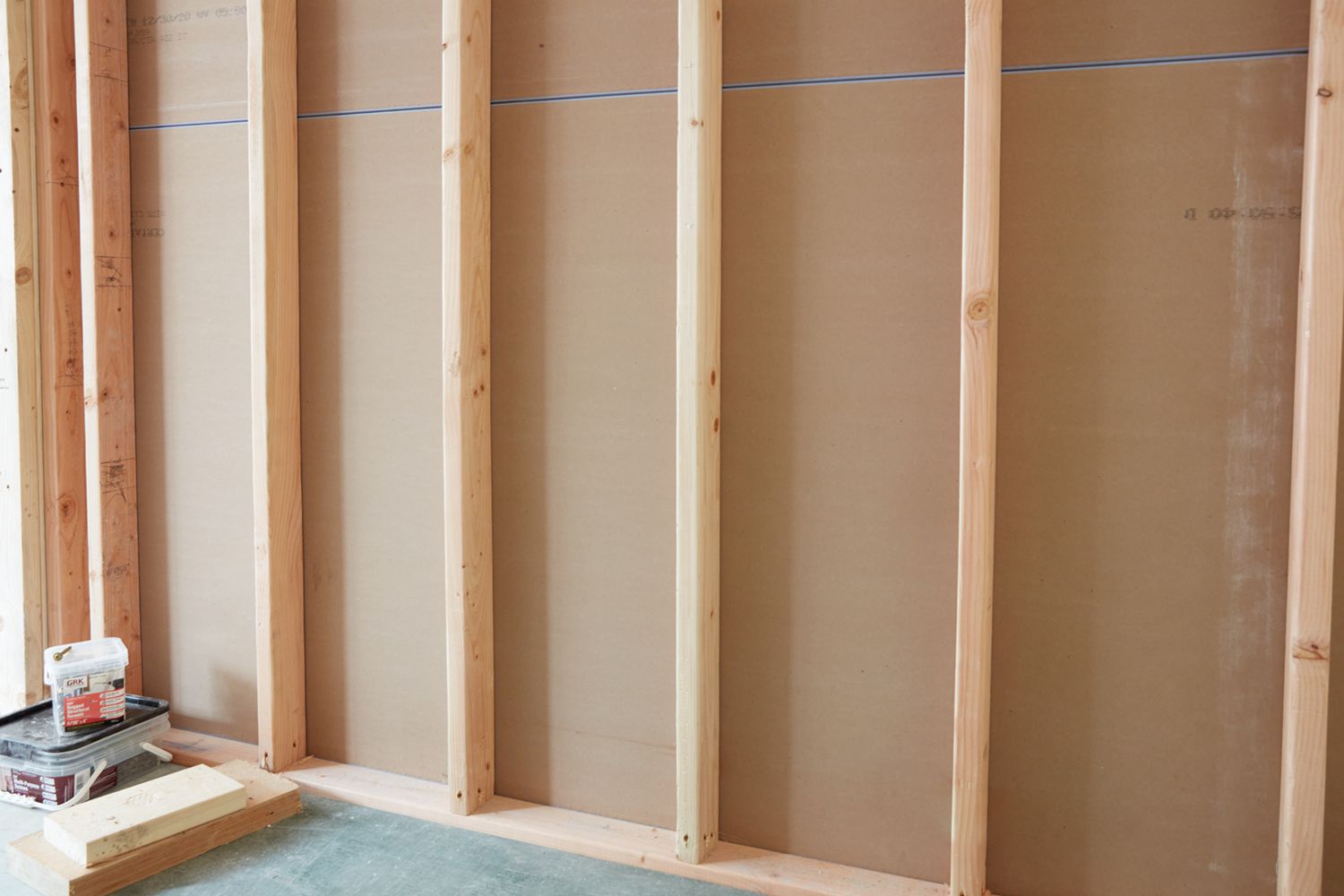
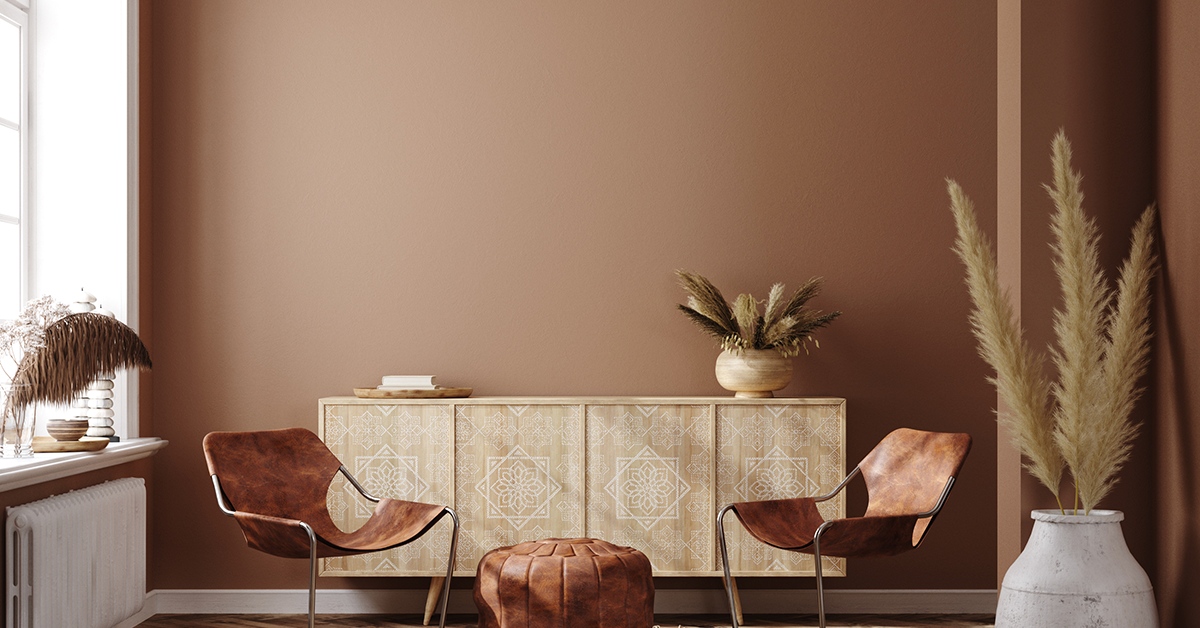

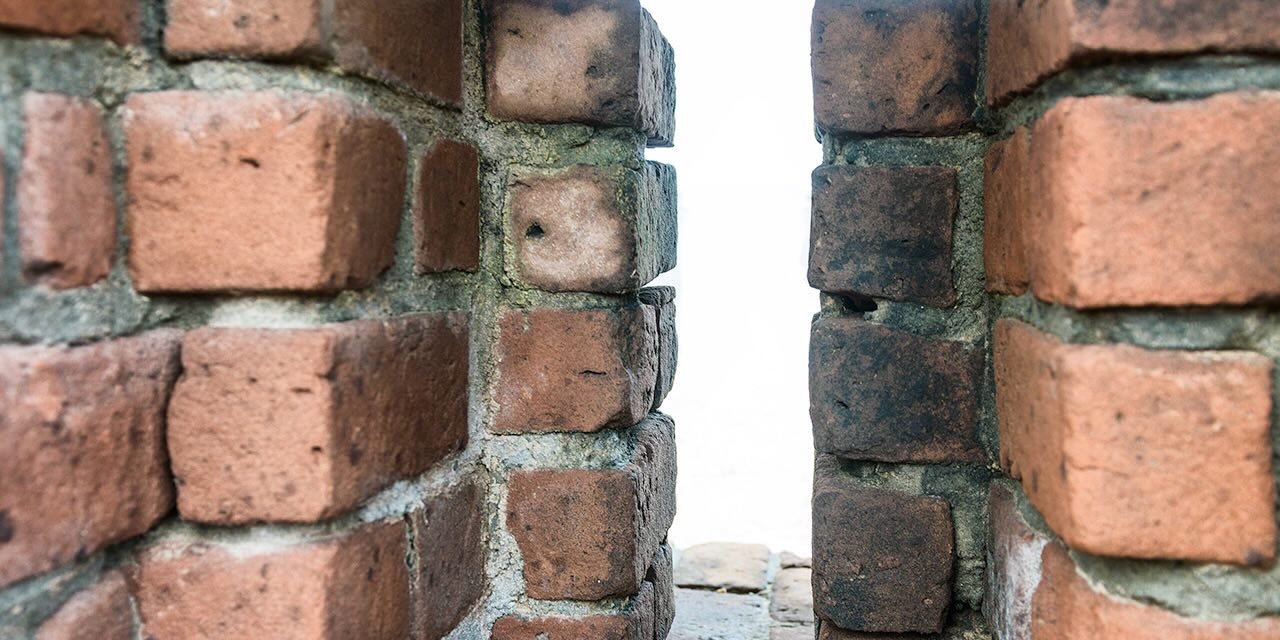
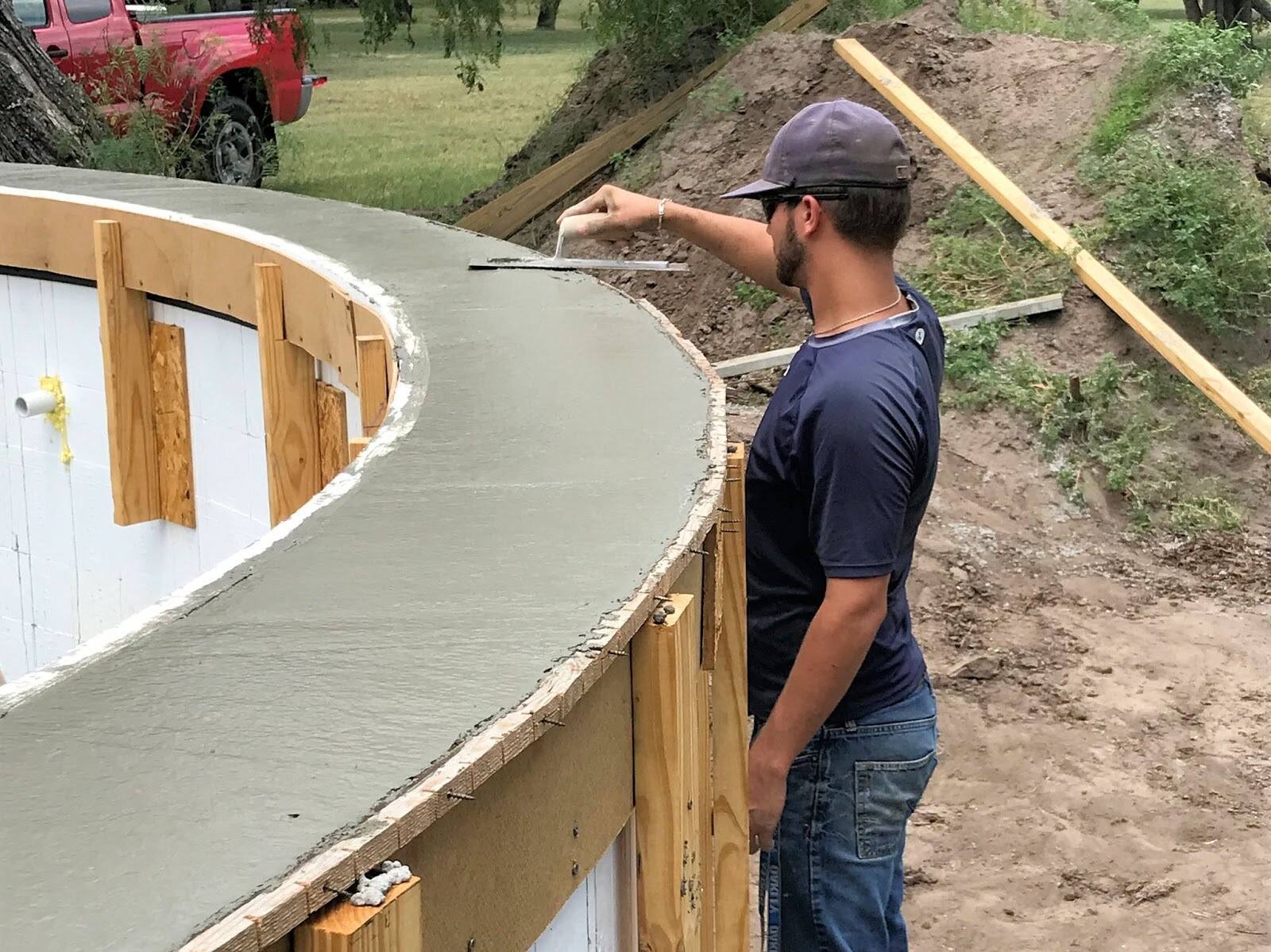
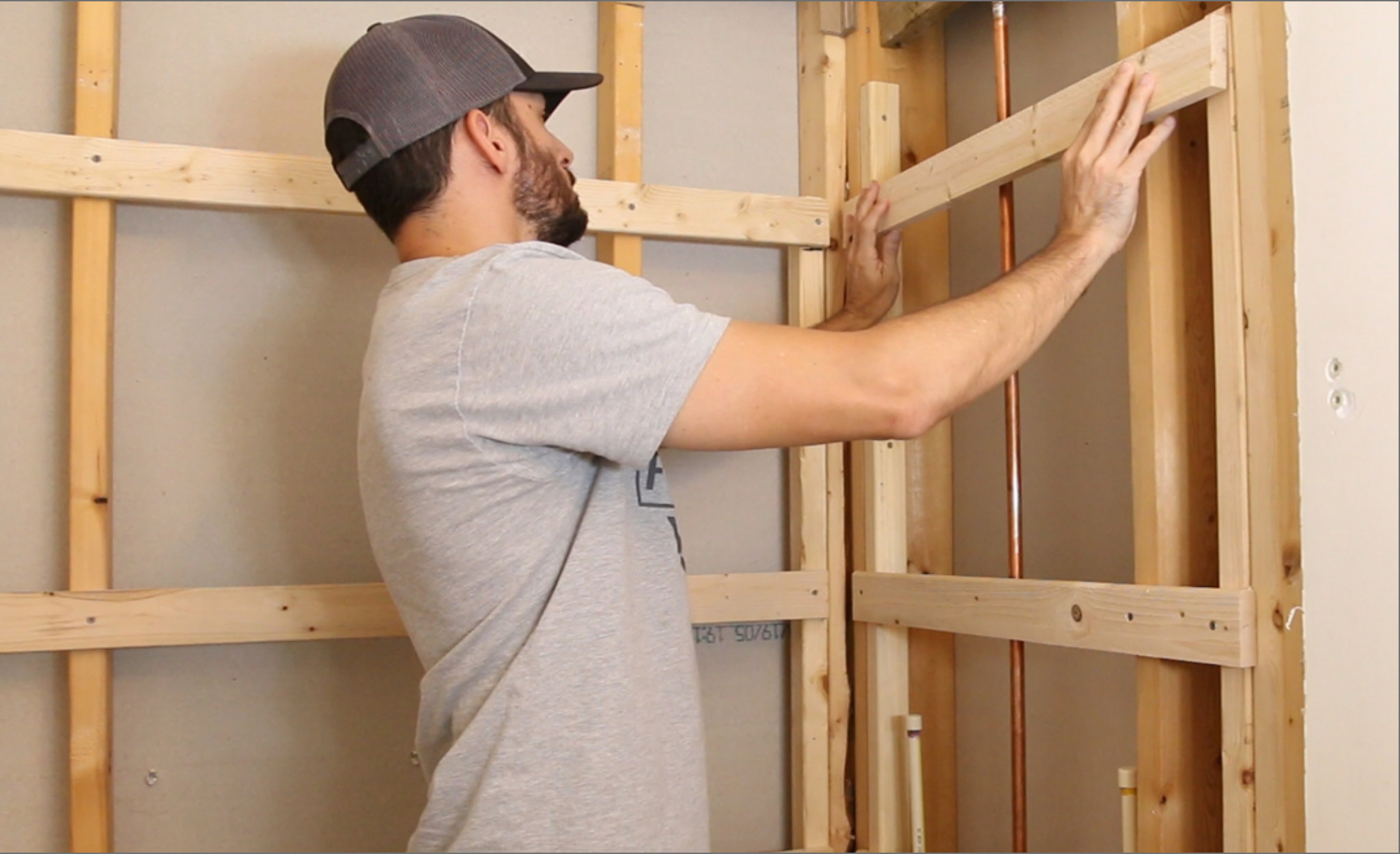
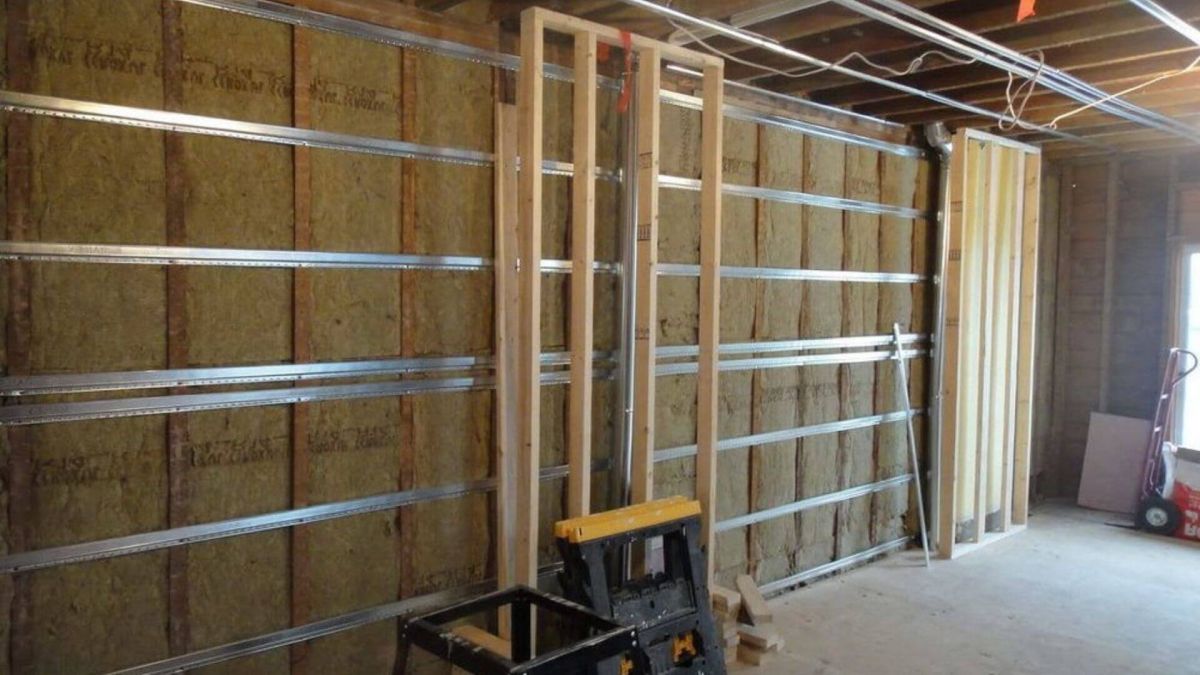

0 thoughts on “What Thickness Of Plywood For Interior Walls”